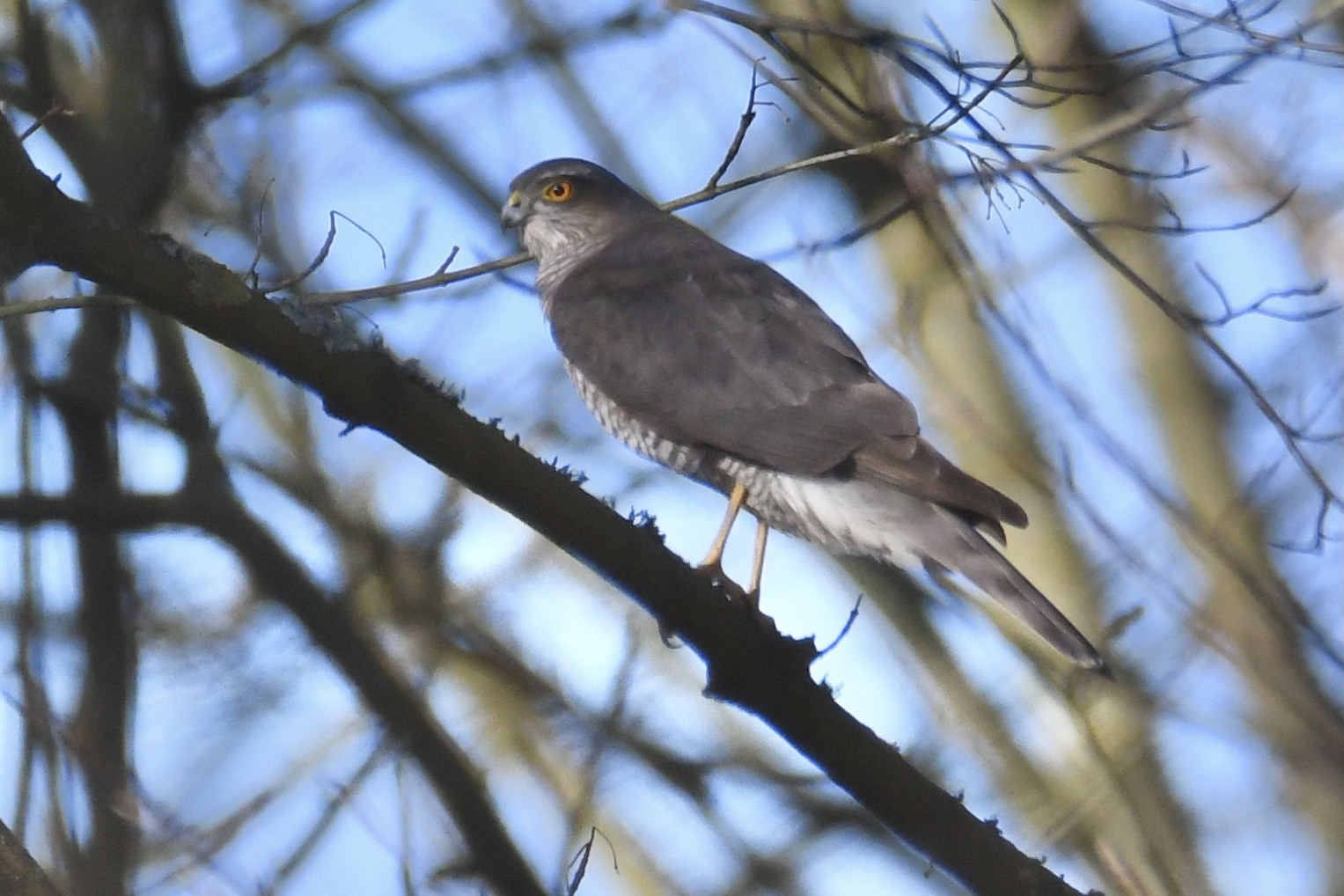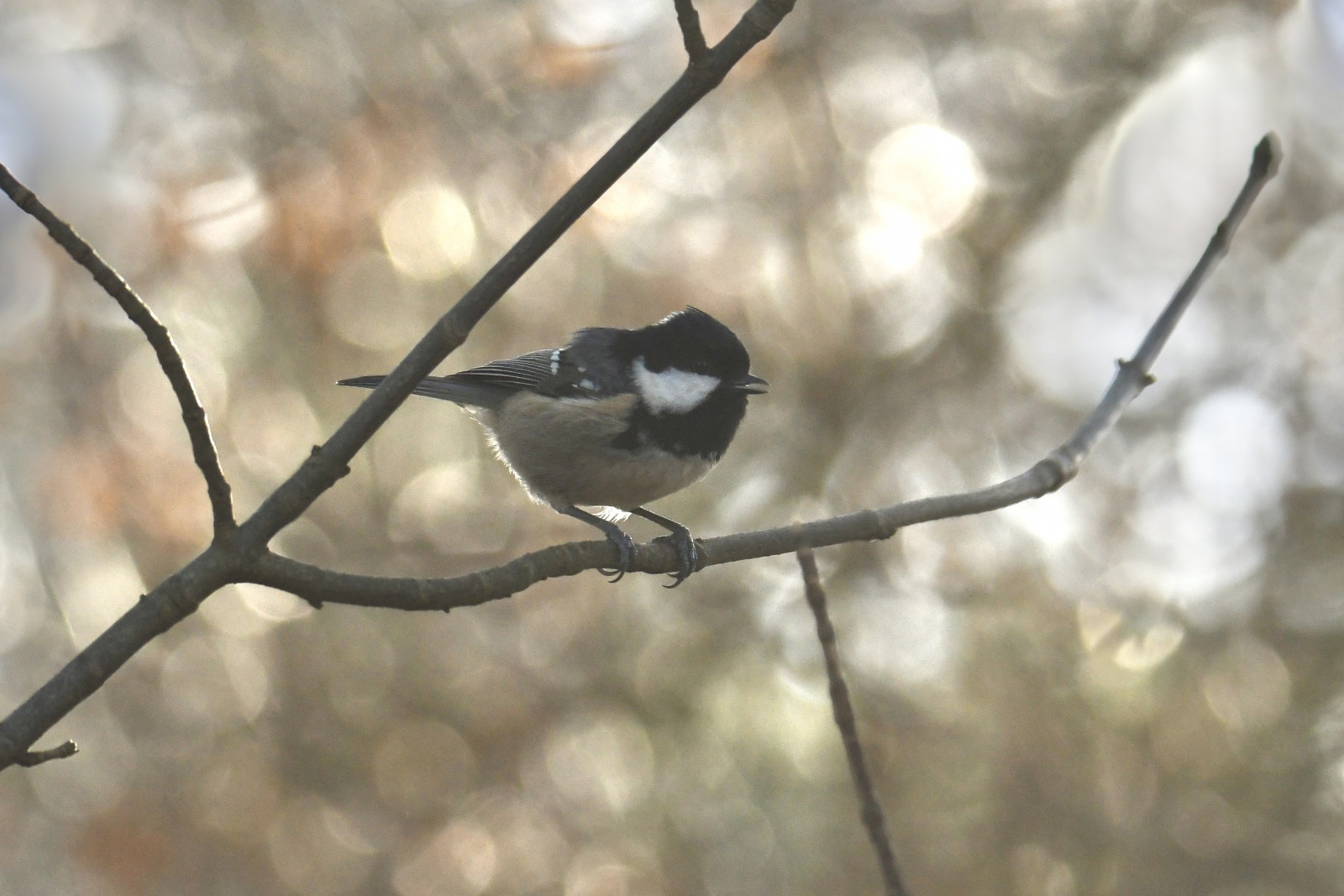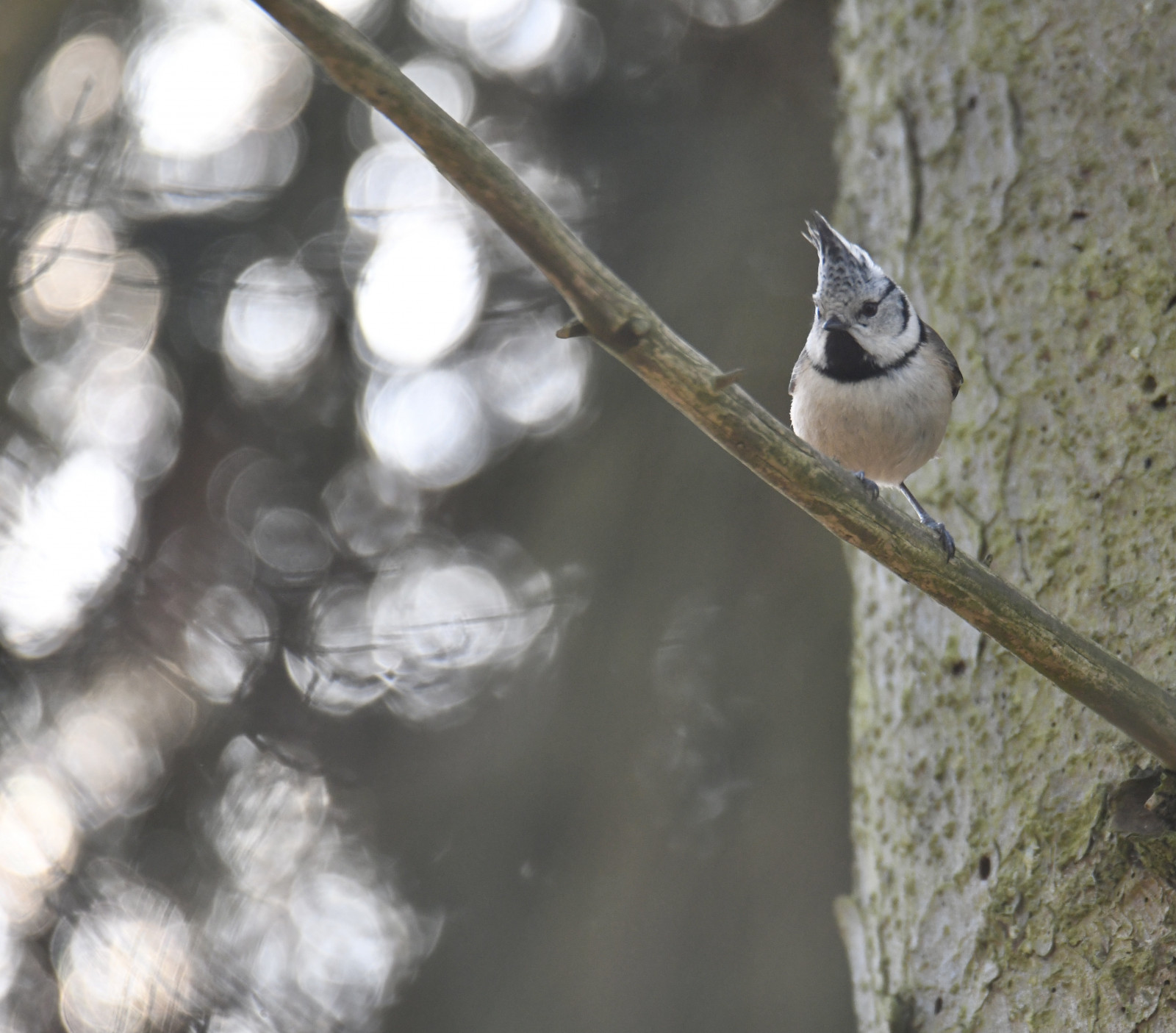Opis
The Engeland Plateau is an area of interest because you can see many species of forest or semi-forest birds; such as the gil, grubodziób, zięba, jer (in winter), czyż (in winter too), , kowalik, mysikrólik and zniczek, droździk, śpiewak, paszkot ; some woodpecker species such as dzięcioł duży, dzięcioł zielony or dzięcioł średni; and all the tit species present in Brussels (!): modraszka, czubatka, bogatka (zwyczajna), raniuszek zwyczajny, sosnówka and sikora uboga.
_________________________
Français: Le Plateau Engeland est une zone d'intérêt car on peut voir de nombreuse éspèces d'oiseaux forestiers ou semi-forestiers; tels que le gil, le grubodziób, le zięba, le jer (en hiver), le czyż (en hiver aussi), le pełzacz ogrodowy, la kowalik, le mysikrólik et le zniczek, la droździk, la śpiewak, la paszkot; quelques éspèces de pics tels que le dzięcioł duży, le dzięcioł zielony ou le dzięcioł średni; et toutes les éspèces de mésanges présentes sur Bruxelles (!) : modraszka, czubatka, bogatka (zwyczajna), raniuszek zwyczajny, sosnówka et sikora uboga.
Szczegóły
Dostęp
You can reach the site by bus with line 37 or 43. Bus stop Marentak, Pasteur, Verrewinkel. Often enough parking spaces nearby. Click on the P on the map for directions. The 2 main entrances are on Avenue Dolez and Chemin du Puits.
_________________________
Français: Vous pouvez rejoindre le site en bus avec la ligne 37 ou 43. Arrêt de bus Marentak, Pasteur, Verrewinkel. Souvent assez de places de stationnement aux alentours. Cliquez sur le P sur la carte pour obtenir les directions. Les 2 entrées principales se trouvent sur l'Avenue Dolez et le Chemin du Puits.
Teren i siedlisko
Las , ŁąkaWarunki
Otwarty krajobrazTrasa dookoła
NieCzy luneta będzie przydatna ?
NieUdany sezon obserwacyjny
Przez cały rokNajlepszy czas na wizytę
Wiosna , ZimaTrasa
Szeroka ścieżkaPoziom trudności szlaku pieszego
ŁatwyDostępne
PieszoCzatownia/platforma obserwacyjna
NieDodatkowe informacje
The myszołów is seen very frequently, as well as the dzięcioł zielony, the dzięcioł duży, the sikora uboga and the paszkot (less easy to see this one). In winter the czyż is very present on the set and we know to see them often, while the jer is more discreet but is still present. In summer we can see the pierwiosnek; occasionally the piecuszek, and the kapturka is heard.
When it comes to birds of prey, the most common are: the myszołów and the krogulec, while the pustułka (zwyczajna) can be seen less frequently (the jastrząb is quite rare but in flight with luck we can see it). Note that in summer it is possible to see the Trzmielojad passing overhead.
Near the western entrance is a small pond where you can see the krzyżówka, the kokoszka (zwyczajna), the czapla siwa and even the zimorodek!
_________________________
Français: La myszołów s'observe très fréquemment, ainsi que le dzięcioł zielony, le dzięcioł duży la sikora uboga et la paszkot (moins facile a voir celle là). En hiver le czyż est bien présent sur le plateau et on sait en voir souvent, tandis que le jer se fait plus discret mais est quand même présent. En été on sait voir le pierwiosnek; occasionellement le piecuszek, et la kapturka se fait entendre.
Quand au rapaces, les plus fréquents sont: la myszołów et l' krogulec , tandis que on peut voir moins fréquement le pustułka (zwyczajna) ( l' jastrząb est assez rare mais en vol avec de la chance on sait le voir). A noter que en été c'est possible de voir passer au dessus de soi la Trzmielojad.
Près de l'entrée ouest un petite mare dans un creux est visible, ou l'on peut voir le krzyżówka, la kokoszka (zwyczajna), le czapla siwa et même le zimorodek !





